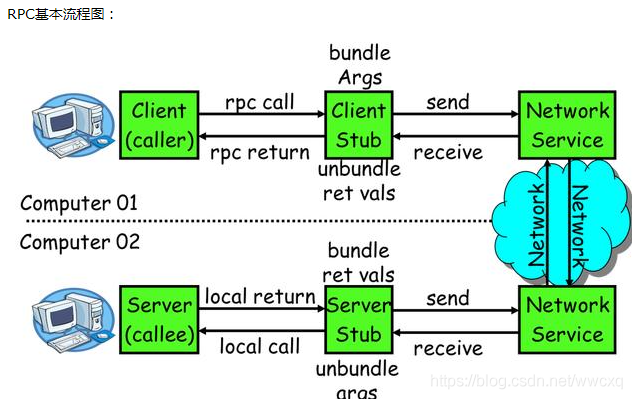Eureka registry service starts with an error request execution error. Endpoint = defaultendpoint {serviceurl = ' http://127.0.0.1:8000/eureka/ }
Request execution error. endpoint=DefaultEndpoint{ serviceUrl='http://127.0.0.1:8000/eureka/}, exception=java.net.ConnectException: Connection refused: connect stacktrace=com.sun.jersey.api.client.ClientHandlerException: java.net.ConnectException: Connection refused: connect
There are two reasons for the above problems:
The defaultzone attribute in the configuration file does not recognize that when Eureka is started, it will pull the information of other services by default and set it to close to run normally
fetch registry: false
The application.yaml configuration file is as follows
server:
port: 8000
# server name
spring:
application:
name: eureka-server
# Eureka address information configuration
eureka:
client:
service-url:
defaultZone: http://127.0.0.1:8000/eureka
register-with-eureka: false # Whether to register your own information to EurekaServer, the default is true
fetch-registry: false # Whether to pull information about other services, the default is true
